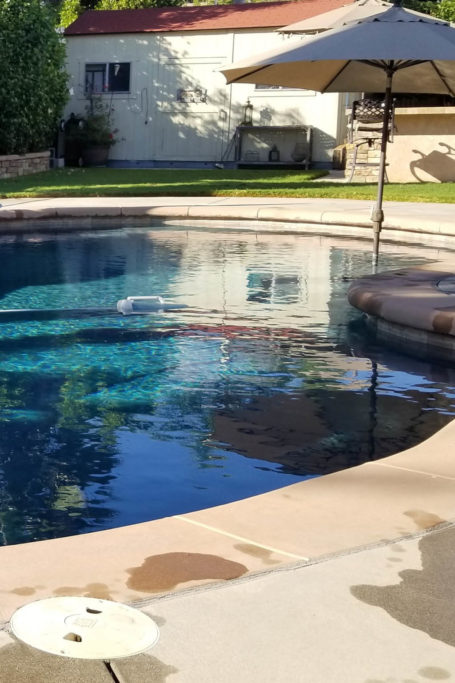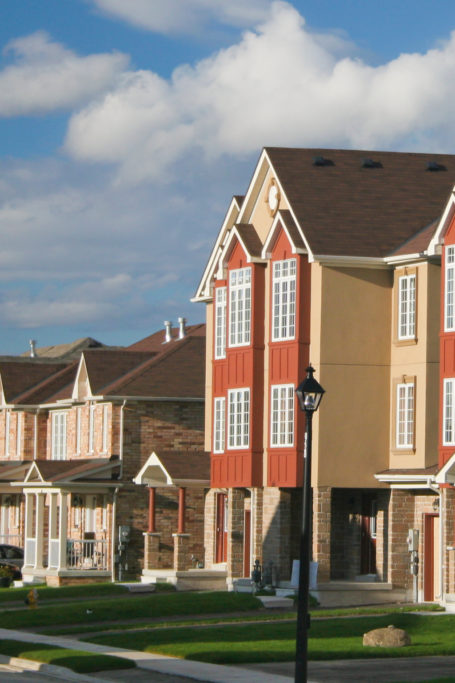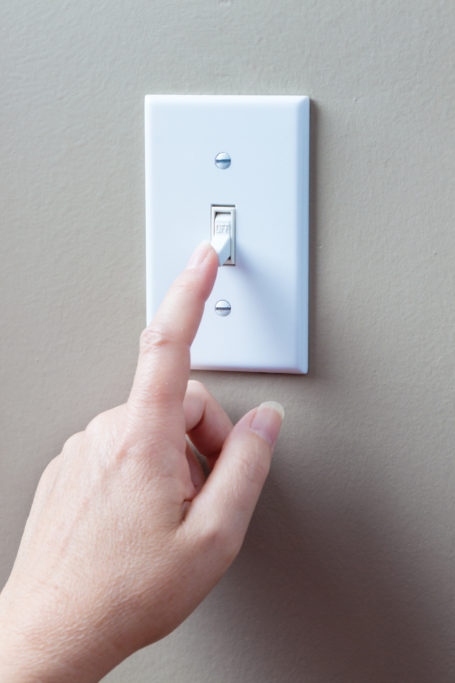The Ins and Outs of Assisted Living Communities
As people age, their health needs and care requirements naturally change, which often entails adjusting their living arrangements to ensure they receive the appropriate support.
In the past, elderly individuals who couldn’t live independently had limited options, typically having to choose between nursing homes, which primarily catered to those with serious illnesses or dementia, or receiving medical visits at home.
However, in the 1980s, a new and preferable option emerged—assisted living communities (AL) emerged as a new and preferable option. These are supportive and secure environments specifically designed for older adults who require some assistance while maintaining their independence. Today, approximately 33,000 ALs across the United States house over 800,000 residents. If you have an elderly family member who may benefit from additional care and support, an AL could be an ideal solution. Use this guide to help you determine whether this environment is the right fit for them.

Qualifying factors
Before your family member can become eligible as a resident, they must meet specific criteria, typically based on the three levels of care.
- Level one: Your loved one is primarily independent, needing only low-level supervision and care and minimal assistance with their activities of daily living (ADLs).
- Level two: They can remain independent but require more assistance with their ADLs, such as dressing, getting around, and bathing.
- Level three: They have more complex needs that will likely necessitate assistance from multiple caregivers.
Even if they fit the general qualifications, however, there are some limitations that may prevent them from being admitted. Your loved one may be denied if they:
- Require extensive medical care with 24/7 monitoring, as most ALs are not equipped for this
- Have social or emotional needs that are incompatible with the ALs environment
- Experience severe mental impairment such as dementia or Alzheimer’s disease (memory care may be more suitable)
- Don’t meet the income and asset requirements

What to expect
If you’re considering an AL for your older loved one, understanding what services are provided will be essential for deciding if it will meet their needs.
ADL assistance
Most AL residents require at least some assistance with basic daily activities, such as bathing and personal hygiene, dressing, walking, eating, and medication management, which the staff are professionally trained to provide. Additionally, many residents need help managing their dietary needs, and ALs typically provide up to three meals daily to help them meet their daily nutritional requirements.
Transportation service
Transportation plays a crucial role in independent living, and AL residents often have access to free transportation services to doctors’ appointments, the grocery store, and other errands that they need to do. They may also arrange transportation to social gatherings, cultural or religious activities.
Health and wellness programs
Many AL communities have fitness centers that residents have unlimited access to, along with a wide range of activities, including exercise classes, yoga, and educational programs on health and wellness.
Social interaction
Keeping the residents socially engaged by promoting mixing and mingling is a vital goal for AL life. Activities like educational seminars, guest speakers, on-site movies, and classes on painting, writing, and technology help residents remain mentally stimulated and engaged.

About the cost
The cost of assisted living varies by state, the size of the community, and the breadth of amenities. Therefore, you’ll want to compare the cost of different communities to find one that fits your budget. Some independent living communities have dedicated staff members who can assist you in navigating the available payment options.
Level of care
The higher the level of care your loved one requires, the more costly it will be. It’s best to meet with a financial advisor or insurance specialist who can help clarify what’s covered and what is needed.
Living quarters
ALs provide several private living options, from studios to one- and two-bedroom apartments. These living spaces often come equipped with basic amenities like a small refrigerator, sink, and microwave. The cost can vary significantly based on the type of room chosen.
Before choosing a community, personally visit each one to ensure you are satisfied with the location, amenities, and staff members. Then don’t be afraid to pull the trigger. An AL can provide a sense of belonging, which can help to reduce loneliness and improve the overall health and well-being of your loved one.


















